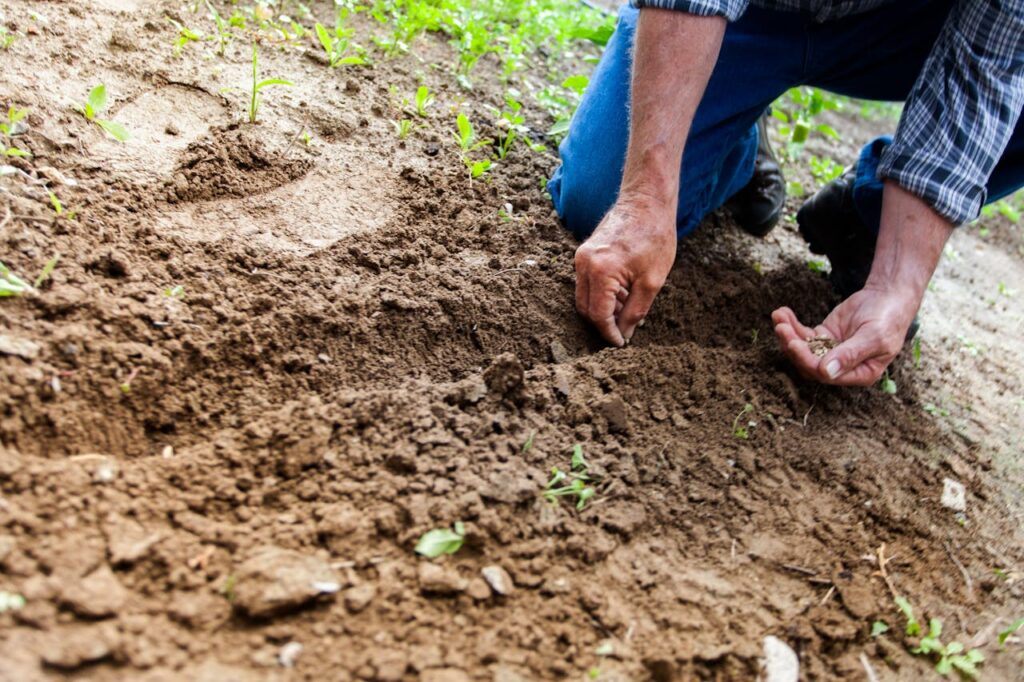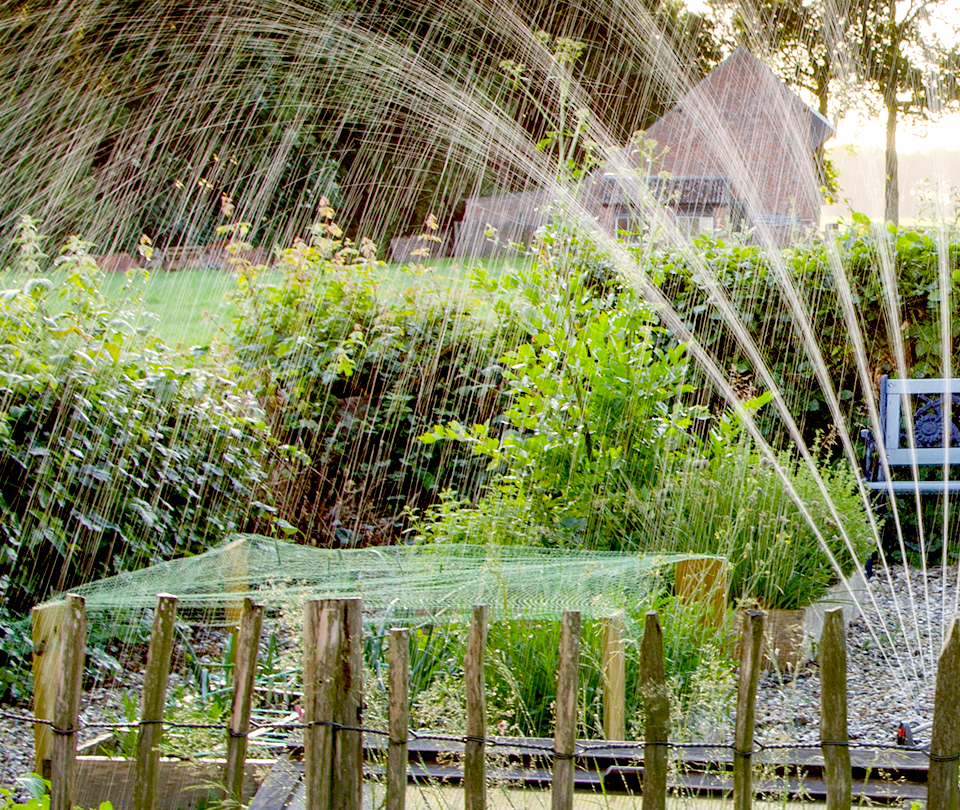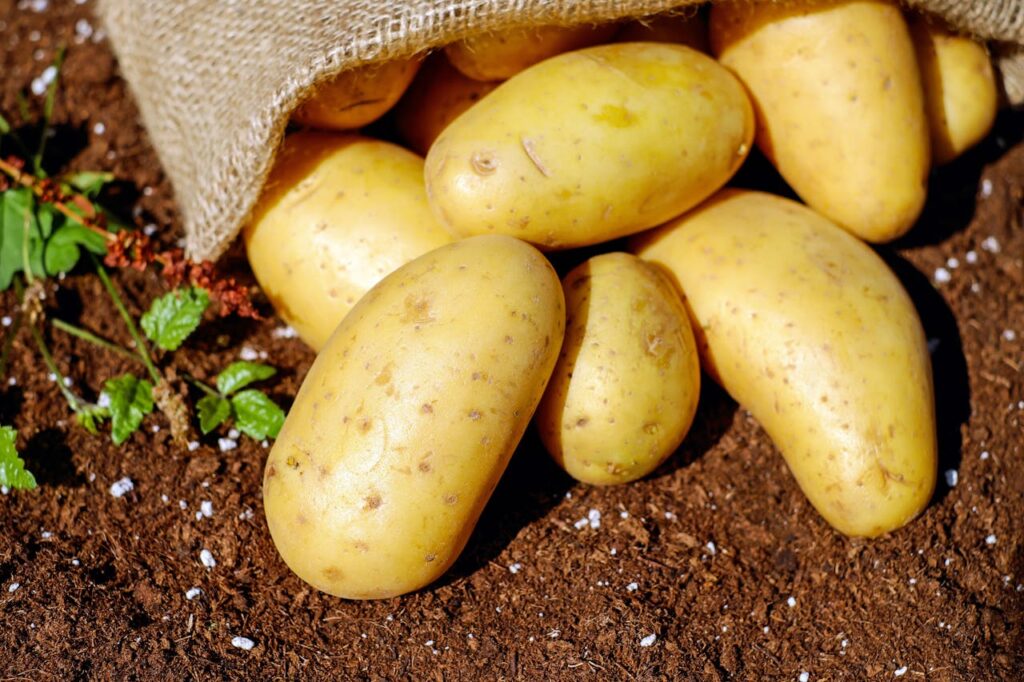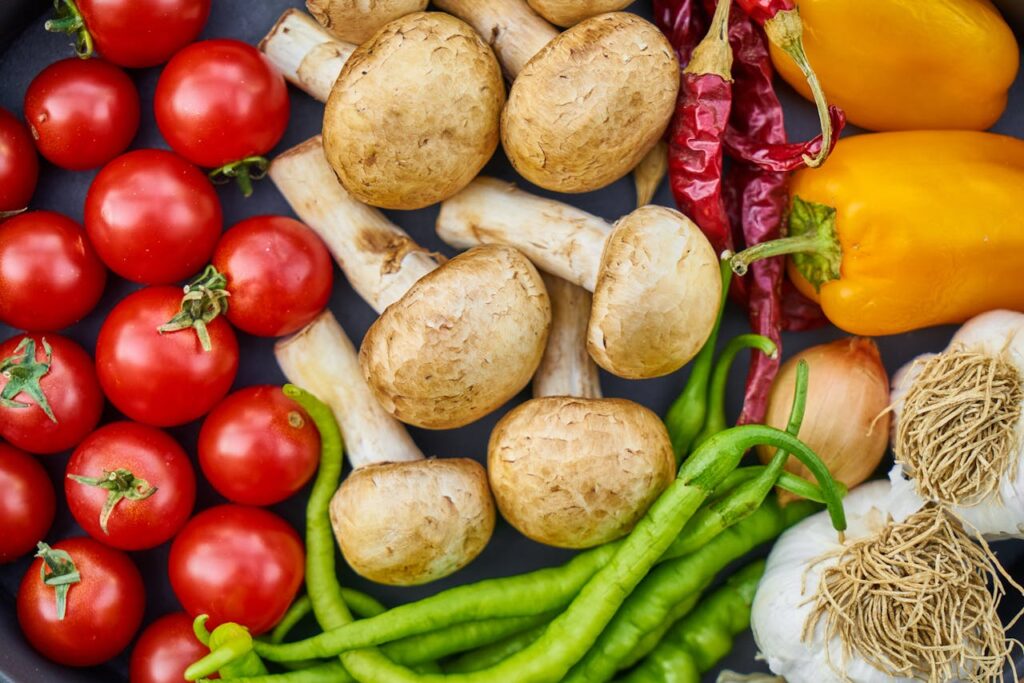Starting an organic vegetable garden from scratch can be a rewarding and enriching experience. Organic gardening not only allows you to enjoy fresh, healthy produce but also contributes to a more sustainable and environmentally friendly lifestyle. Whether you are a seasoned gardener or a complete beginner, creating an organic vegetable garden is a journey that offers numerous benefits. This comprehensive guide will walk you through each step, from planning your garden to harvesting your produce, ensuring that you can successfully grow your own organic vegetables.

Planning Your Organic Garden
The first step in starting an organic vegetable garden from scratch is careful planning. The success of your garden largely depends on selecting the right location and deciding which vegetables to grow.
- Choosing the Right Location: Selecting the ideal location for your organic vegetable garden is crucial. Look for a spot that receives plenty of sunlight, as most vegetables need at least six hours of direct sunlight daily. Additionally, ensure the area has good drainage to prevent waterlogging, which can harm your plants.
- Deciding What to Grow: When starting an organic vegetable garden from scratch, choose vegetables that are well-suited to your climate and soil. Popular choices for beginners include tomatoes, lettuce, carrots, and cucumbers. Consider growing a mix of vegetables to maximize your garden’s productivity and enjoy a variety of fresh produce throughout the season.
Preparing the Soil
Healthy soil is the foundation of a thriving organic vegetable garden. Before planting, it’s essential to test and amend your soil to ensure it provides the necessary nutrients for your plants.
- Testing Your Soil: Testing your soil helps determine its pH levels and nutrient content. You can purchase a soil testing kit or send a sample to a local agricultural extension office. Understanding your soil’s composition allows you to make informed decisions about amendments.
- Amending the Soil: To improve your soil’s fertility, add organic matter such as compost or well-rotted manure. Organic matter enriches the soil, enhances its structure, and promotes healthy plant growth. Aim to incorporate several inches of organic material into the top layer of soil before planting.
Selecting Seeds and Plants
Choosing the right seeds and plants is vital for the success of your organic vegetable garden. Opt for certified organic seeds and seedlings to ensure they are free from synthetic chemicals and genetically modified organisms (GMOs).
- Choosing Organic Seeds: Certified organic seeds are grown without synthetic pesticides or fertilizers. Reputable sources for organic seeds include seed companies specializing in organic products and local farmers’ markets. Look for varieties that are well-suited to your growing conditions and resistant to common pests and diseases.
- Starting Seeds Indoors vs. Direct Sowing: Decide whether to start your seeds indoors or sow them directly into the garden. Starting seeds indoors allows you to get a head start on the growing season, especially for vegetables that require a longer growing period. Direct sowing is suitable for fast-growing vegetables like radishes and beans.

Planting Your Garden
Proper planting techniques are essential for a successful organic vegetable garden. Pay attention to your garden’s layout and planting methods to ensure your plants thrive.
- Creating a Garden Layout: Plan your garden layout to optimize space and promote healthy plant growth. Consider companion planting, which involves planting complementary crops together to deter pests and improve yields. Crop rotation is another important practice to prevent soil depletion and reduce the risk of pests and diseases.
- Planting Techniques: Follow the recommended spacing and planting depth for each vegetable. Overcrowding can lead to poor air circulation and increased susceptibility to diseases. Water your plants thoroughly after planting and keep the soil consistently moist, especially during the early stages of growth.
Maintaining Your Organic Garden
Maintaining your organic vegetable garden involves regular care and attention to ensure your plants remain healthy and productive.
- Watering Your Plants: Proper watering is crucial for the health of your organic vegetable garden. Water your plants deeply and infrequently to encourage deep root growth. Avoid over-watering, which can lead to root rot and other issues. Consider using a drip irrigation system or soaker hoses to deliver water directly to the roots and minimize water waste.
- Mulching: Mulching is an effective way to conserve moisture, suppress weeds, and regulate soil temperature in your organic vegetable garden. Use organic mulch materials such as straw, leaves, or grass clippings. Apply a thick layer of mulch around your plants, being careful not to cover the stems.
- Fertilizing Organically: Feed your plants with natural fertilizers to promote healthy growth. Compost is an excellent organic fertilizer that provides essential nutrients and improves soil structure. Other options include worm castings, fish emulsion, and seaweed extract. Apply fertilizers according to the specific needs of each vegetable and avoid over-fertilizing.
Pest and Disease Management
Managing pests and diseases organically requires a proactive approach and an understanding of natural control methods.
- Common Garden Pests and Organic Control: Identify common garden pests such as aphids, caterpillars, and slugs. Use natural predators like ladybugs and beneficial insects to control pest populations. Companion planting with pest-repellent plants such as marigolds and basil can also help deter unwanted insects. Homemade pest repellents made from garlic, neem oil, or soap solutions are effective and safe for organic gardens.
- Preventing and Managing Plant Diseases: Prevent plant diseases by practicing crop rotation and maintaining proper spacing between plants. Choose disease-resistant vegetable varieties whenever possible. If a plant shows signs of disease, remove and dispose of affected parts immediately. Organic fungicides made from ingredients like baking soda and copper sulfate can help manage fungal infections.
Harvesting and Storing Your Produce
Knowing when and how to harvest your organic vegetables ensures you enjoy the best flavor and quality. Proper storage techniques help preserve your harvest for longer periods.
- Knowing When to Harvest: Harvest your vegetables at their peak ripeness for the best flavor and nutritional value. Each vegetable has specific indicators of ripeness; for example, tomatoes should be fully colored, and carrots should be of the right size. Use clean, sharp tools to avoid damaging the plants during harvesting.
- Storing Your Organic Vegetables: Store your organic vegetables properly to extend their shelf life. Some vegetables, like root crops, can be stored in a cool, dark place, while others, like leafy greens, should be refrigerated. Freezing, canning, and drying are additional methods to preserve your harvest and enjoy your organic produce year-round.
Tips for Success
Achieving success in your organic vegetable garden involves continuous learning and adaptation. Keep a garden journal to track your progress, note successes and challenges, and plan for future seasons. Educate yourself through books, online resources, and gardening communities. Joining local gardening clubs or forums can provide valuable support and advice from experienced gardeners.
Conclusion
Starting an organic vegetable garden from scratch is a fulfilling endeavor that allows you to enjoy fresh, healthy, and delicious produce right from your backyard. By following the steps outlined in this guide, you can create a thriving organic garden that benefits both you and the environment. Begin planning and planting your organic vegetable garden today and experience the joys of homegrown food.


